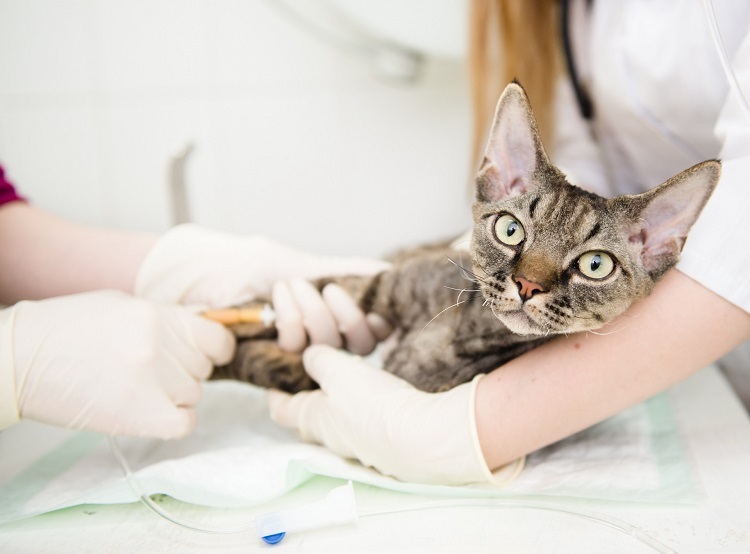Unless you have a Sphynx or other breed of hairless cats, you may be wondering why your cat is suffering from hair loss. If you are concerned about a cat losing hair and weight, it is wise to consult the vet as the condition can get life-threatening fast.
Worry-Free Shedding
If you’re a first-time cat parent, know that shedding is normal for most cats; even large amounts of hair loss and regrowth is common during the warmer months as an adaptation. Some cat breeds like Ragdoll and Siberian cats also tend to shed more than short-haired cats.
If your cat has a healthy, shiny, and clean coat free of mites and bald patches, that should be no cause for worrying. However, if there is a rapid hair loss, an increase in hairballs, and blisters from cats chewing on its skin, it can be caused by the following:
Allergies –
Cats suffering from food or environmental allergies may feel the need for excessive grooming.
Diet –
Dull hair can be a sign of nutrient deficiency. Omega-3 fatty acids are essential to maintain a healthy and lustrous coat. Eating low-quality cat food can lead to constant shedding of dead hair to encourage regrowth.
Endocrine issues –
Cat alopecia may be a symptom of hormonal imbalance such as an overactive thyroid, high levels of steroids, or overproduction of cortisol, among others. Often, cats with hyperthyroidism will have bald patches. In some cases, abnormal hormone levels can impede hair regrowth. Tumor in the pancreas can also cause alopecia.
Heredity –
When hair loss is evident at birth, it may be a birth defect or hereditary. Some cat breeds are born without hair and others never grow hair at all.
Inability to groom –
Senior cats tend to shed more as they are unable to groom themselves as well as they could in their younger, more flexible days. However, hair loss between the eyes and ears is common among elderly cats.
Improper tools –
You may be using the wrong hair brush or comb to remove the mats, detangle, or brush your cat’s fur. The wrong tool can pull out so much hair which can hurt your cat and make it distrust you.
Lack of coat maintenance –
Regular brushing can prevent excessive grooming. Long-haired cats need brushing twice a week while short-haired cats should be brushed three times a week. During high shedding season, it is essential to brush your cat’s fur more frequently.
Parasites and fungal issues –
Fleas, mites, ringworm, and mange can lead to bald patches, open sores, and excessive pulling of the hair especially at the base of the tail.
Pain –
If your cat has arthritis, an ear infection, broken bones, and other medical maladies it may be prone to lick the area more frequently to ease the pain.
Pregnancy –
A queen cat will undergo hormonal changes that will cause it to shed around her belly in preparation for nursing. Once her kittens are weaned, excessive shedding should cease.
Stress –
Cats can lose hair when subjected to stress. Often, such cats will also draw back from people, lose appetite, and have litter box problems. Moving to a new home, introducing a new pet or member of the family to the household, and stress in the family can all cause stress-related hair loss. High levels of stress can result in psychogenic alopecia.
All the other considerations should be ruled out first before diagnosing a cat with psychogenic alopecia. Common causes of hair loss are fleas, allergies, and pain. Changes to the cat’s diet and grooming habits may be necessary.

